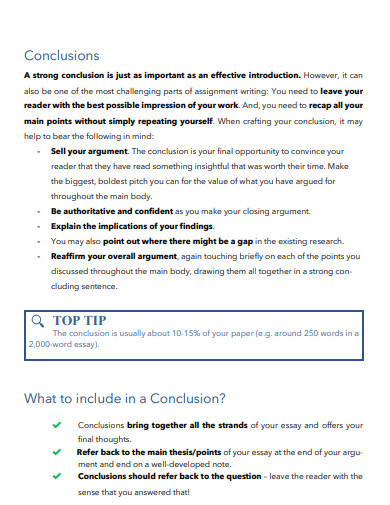29+ Research Paper Conclusion Examples to Download
Concluding a research paper is much more than just summarizing the main points and restating the thesis. It’s an opportunity to leave a lasting impact on your readers, wrap up your findings, and provide a sense of closure to your work. The conclusion of a research paper plays a crucial role in leaving a strong impression and showcasing the significance of your study. In this article, we will delve into the art of crafting compelling research paper conclusions, providing insightful examples, and offering a step-by-step guide to ensure your conclusions resonate with your audience.
1. Research Paper Conclusion Example
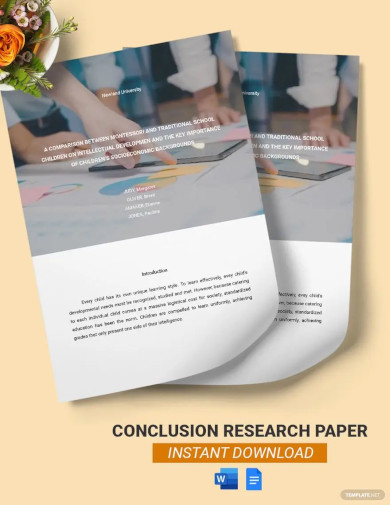
2. Literature Review Example
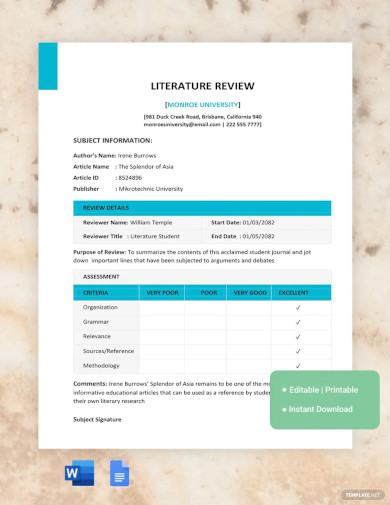
3. Case Study Example
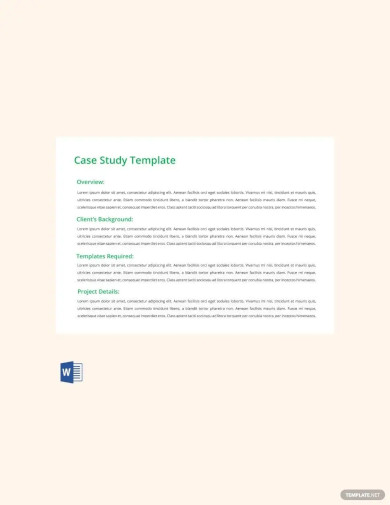
4. Quantitative Research Paper Example
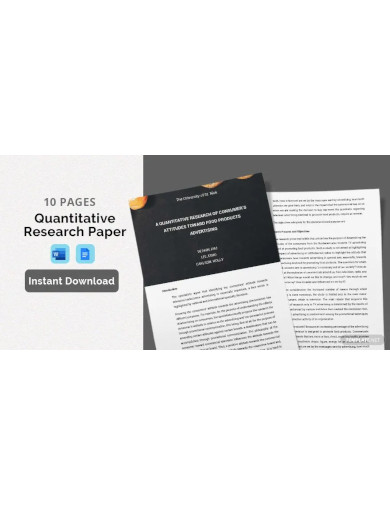
5. APA Research Paper Example
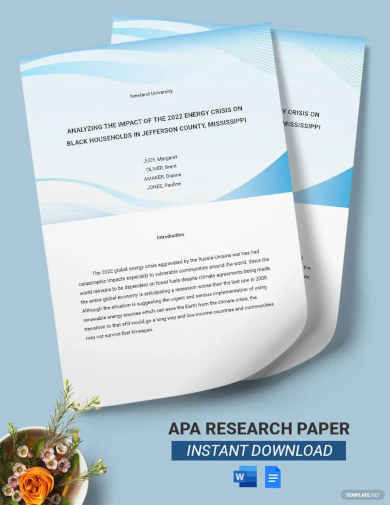
6. APA Research Paper Conclusion Example
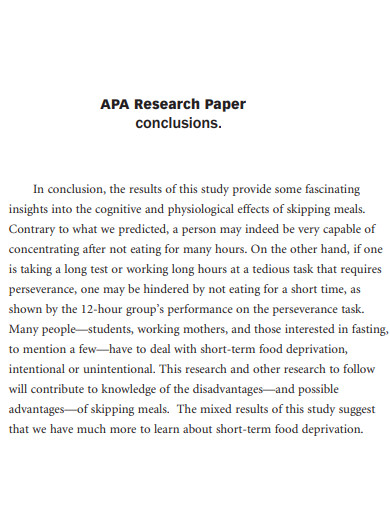
thewritesource.com
7. Sample Research Paper Conclusion Example

sjsu.edu
8. MLA Research Paper Conclusion Example
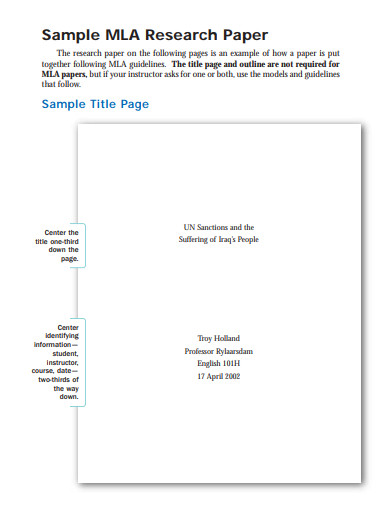
college.cengage.com
9. Argumentative Research Paper Conclusion Example
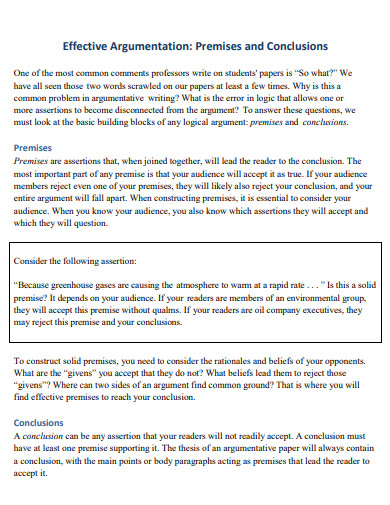
sjsu.edu
10. Research Thesis Paper Conclusion Example
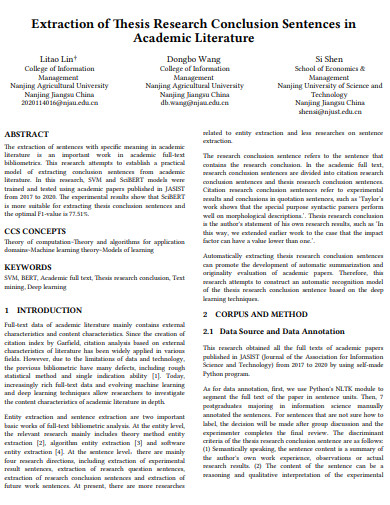
ceur-ws.org
11. Science Research Paper Conclusion Example

journals.iau.ir
12. Research Paper Summary Conclusion Example
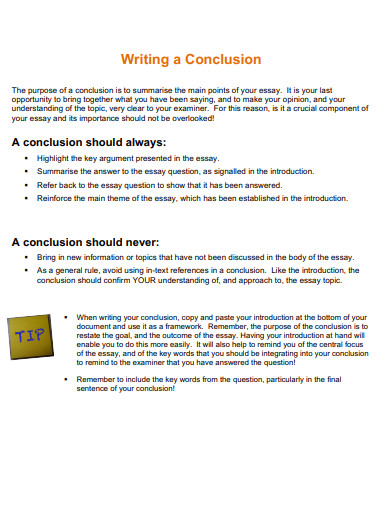
newcastle.edu.au
13. Research Paper Literature Review Conclusion Example
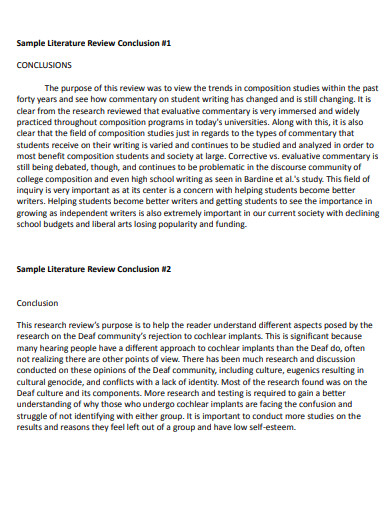
ashleystovall.files.wordpress.co
14. Introduction Research Paper Conclusion Example

bucks.edu
16. Good Research Paper Conclusion Example
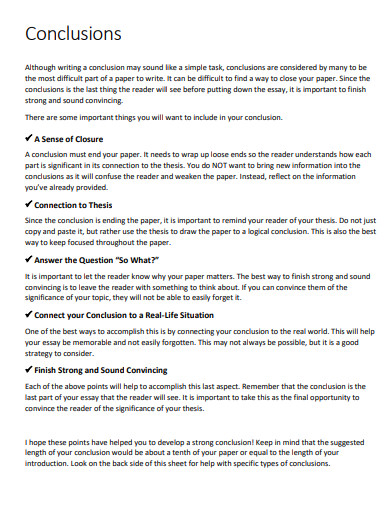
documents.highline.edu
17. Case Study Research Paper Conclusion Example
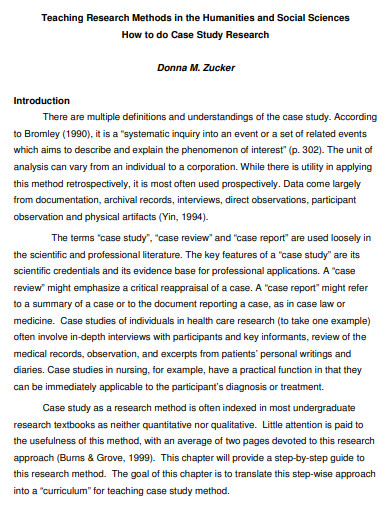
scholarworks.umass.edu
18. Abstract Research Paper Conclusion Example
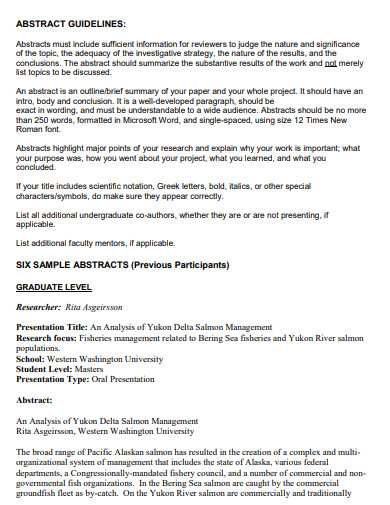
aises.org
19. Recommendation Research Paper Conclusion Example
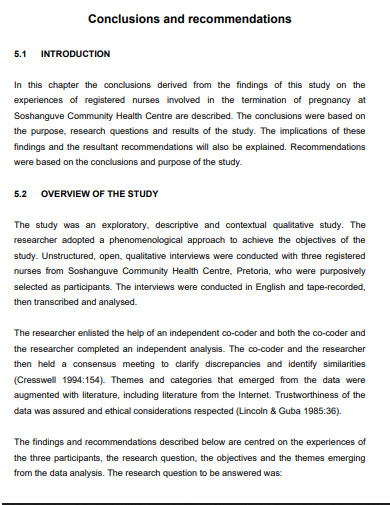
core.ac.uk
20. Strong Research Paper Conclusion Example
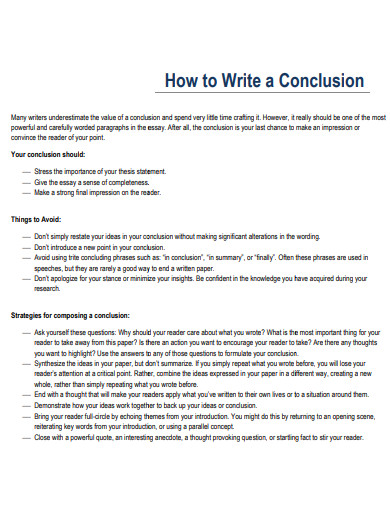
mobap.edu
21. Research Essay Paper Conclusion Example
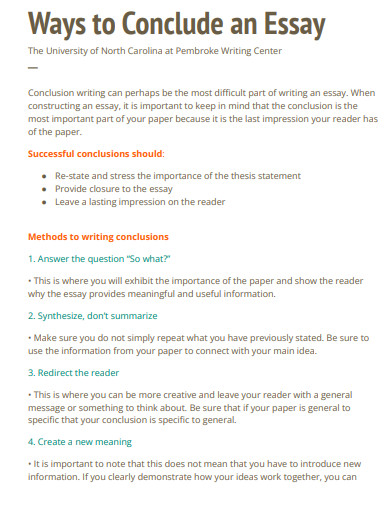
uncp.edu
22. Simple Research Paper Conclusion Example
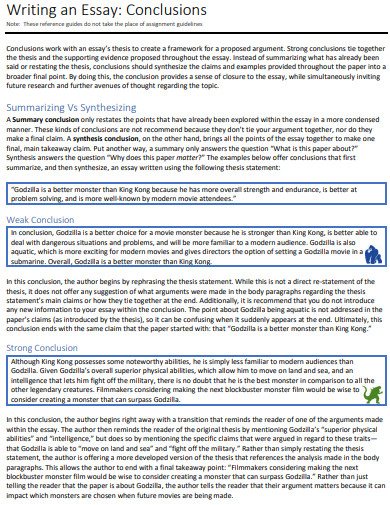
fgcu.edu
23. Quantitative Research Paper Conclusion Example
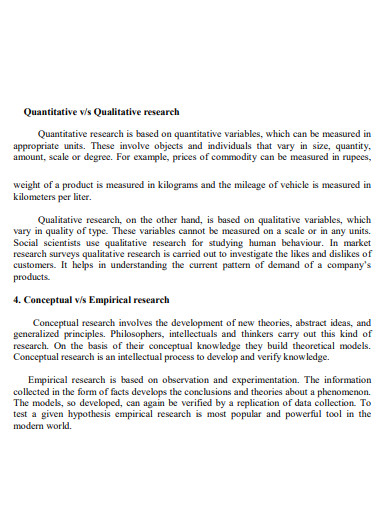
ccsuniversity.ac.in
24. School Project Conclusion Example
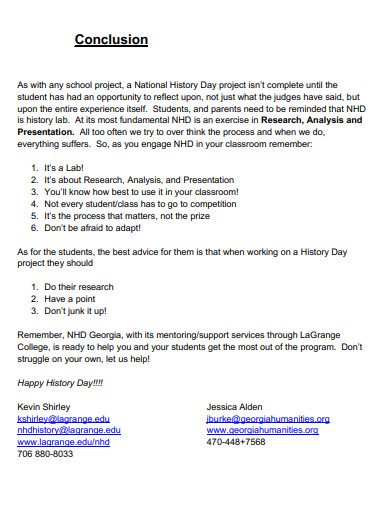
lagrange.edu
25. Critical Research Paper Conclusion Example
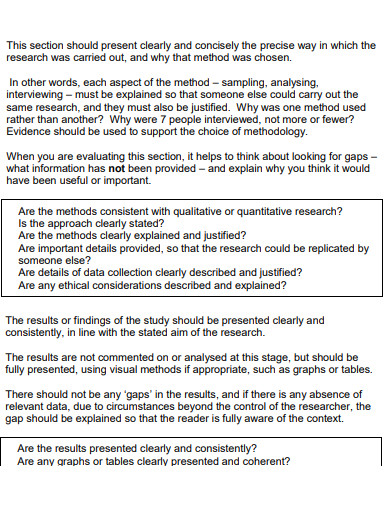
cdn.southampton.ac.uk
26. Literary Research Paper Conclusion Example
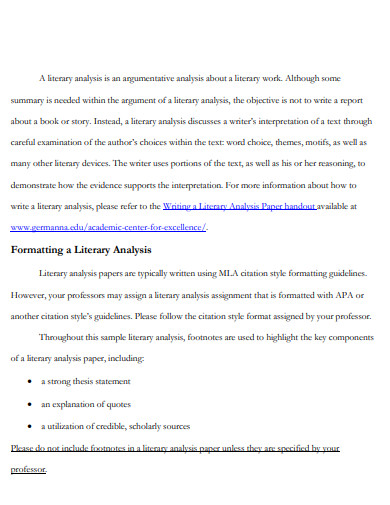
germanna.edu
27. Research Methodology Paper Conclusion Example
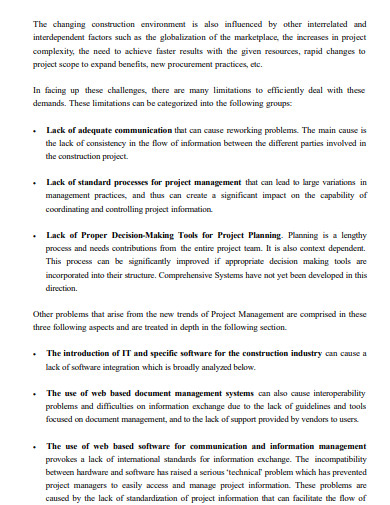
tdx.cat
28. General Research Paper Conclusion Example
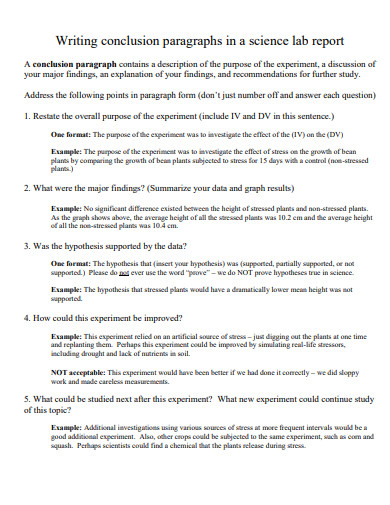
hcs-k12.org
29. Qualitative Research Paper Conclusion Example
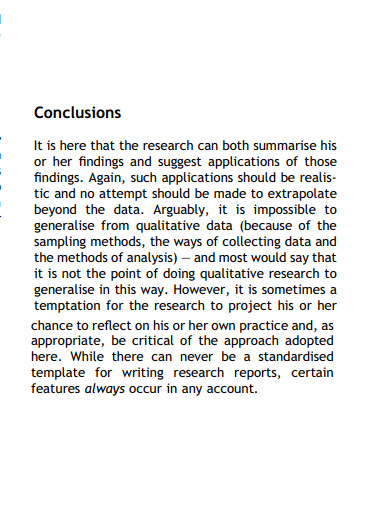
citeseerx.ist.psu.edu
30. Formal Research Paper Conclusion Example
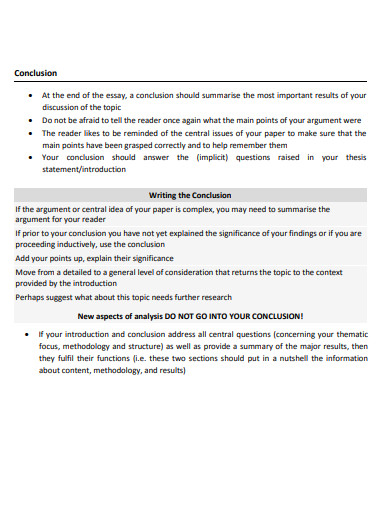
uibk.ac.at
What is a Research Paper Conclusion?
A Research Paper Conclusion Poem is a literary flourish that serves as the concluding section of a research paper. Much like a poem, it weaves together the core elements of your study into a harmonious symphony of words, aiming to resonate with your readers on a profound level. It goes beyond the traditional summarization, offering a creative and impactful closure to your research journey.
How to Write a Research Paper Conclusion
Crafting a research paper conclusion requires careful consideration and strategic planning. Here’s a step-by-step guide to help you create a conclusion that resonates with your readers and adds value to your research.
Step 1: Restate Your Thesis and Research Objectives
At the outset, revisit your thesis statement and research objectives. Restate them in a concise manner, emphasizing how your study has addressed these objectives and contributed to the field.
Step 2: Summarize Key Findings
Provide a concise summary of your key findings and results. However, avoid mere repetition; instead, highlight the most significant findings that directly relate to your research objectives.
Step 3: Reflect on the Significance
Discuss the broader implications of your research. How does your study contribute to the existing body of knowledge? Explain the practical, theoretical, or methodological contributions your work brings to the table.
Step 4: Consider Future Directions
Explore potential avenues for future research based on the gaps you’ve identified. This not only demonstrates your engagement with the subject but also provides a sense of continuity for your work.
FAQs
Can I introduce new ideas in the conclusion?
No, the conclusion is not the place for introducing new concepts. Instead, focus on synthesizing existing information and offering insights derived from your research.
How can I strike a balance between brevity and comprehensiveness?
Use concise language while ensuring you cover all key points. Avoid repetition and focus on providing depth rather than breadth.
Should I cite sources in the conclusion?
While citations are generally sparse in conclusions if a source is instrumental in shaping your final thoughts, a discreet citation may be appropriate.
In the intricate tapestry of a research paper format, the conclusion acts as the final brushstroke, binding together elements of the study into a harmonious whole. Through this guide, we’ve explored the purpose of a research paper conclusion and outlined a step-by-step process to craft one effectively. Remember, a compelling conclusion not only reinforces your paper’s core message but also leaves a lasting impression on your readers, inviting them to contemplate the broader implications of your research.



